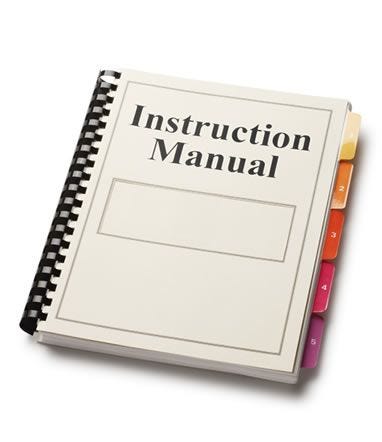





Birds
How to Repel Birds
Bird repellents are important tools for keeping a variety of destructive birds off of your property. Below, Havahart® provides step-by-step instructions on how to use them to effectively repel common nuisance birds like gulls, heron, sparrows, starlings and more.

1 Identify Bird Damage
In order to select the best bird repellent for your property and efficiently target your repelling strategy, you must first identify the location and nature of the damage.
Common bird damage includes:
- pecked or stolen fruit crops
- damaged corn, sunflowers and grain crops
- pilfered grain from livestock feeders
- clogged gutters, drainage systems, ventilation systems or machinery due to nesting
- predation of pond fish, poultry, livestock or eggs
- fecal droppings on structures, trees, lawns or cars
To learn more about common nuisance birds and their damage, read Bird Facts »
2 Choose your Bird Repellent
Once you’ve located the bird damage, use the information below to select the best bird repellent(s) for you. It’s important to note that different birds of the same species may react to different stimuli, so using multiple bird repellents at once will provide the most efficient and thorough defense.
Liquid Spray Repellents
Best For: Preventing birds from eating or pecking at valued plants and grasses. Spray liquid bird repellents directly onto landscape surfaces such as:

- lawns
- seedlings
- gardens
- shrubs
- flowers and bulbs
- grass
TIP: Liquid repellents should be applied thoroughly and reapplied periodically for best results.
Shop Liquid Repellents »Electronic Bird Repellents

Best For: Frightening birds away to keep them from roosting, feeding or congregating in protected areas. Electronic bird repellents can protect virtually any area, such as:
- lawns
- flowerbeds
- ponds
- parks
- crop fields
- shrubs
- pools
- barns
- vegetable gardens
- plants
- streams
- poultry houses
TIP: Electronic repellents work by seeking out animal heat and movement to detect their presence. Detecting small birds like sparrows or starlings may be difficult because of their size. Electronic repellents are most effective for medium to large-sized birds like pigeons, waterfowl and heron.
Shop Electronic Repellents »
3 Apply as Directed
Bird repellents must be carefully applied or installed in order to ensure optimal results and to protect your valuable landscape from damage. Below are important steps to remember:
- Apply liquid repellent sprays in temperatures above 40° F and below 85° F to prevent plant freezing or burning.
- Reapply liquid bird repellents as directed on the label in order to maintain full repellency.
- Be sure to adjust your electronic repellent’s sensitivity based upon the average temperature and approximate size of the birds you want to repel.

4 Remove Attractants
Birds make their homes in areas that provide plenty of food, water and nesting sites. By taking steps to reduce the availability of these critical elements, you’ll reinforce youre repelling plan and minimize bird damage.
- Remove bird feeders and bird baths
- Store livestock food in bird-proof facilities
- Harvest food crops as soon as possible
- Thin out lush vegetation and prune trees and shrubs
- Seal all holes and poenings in structures with caulk, wire mesh or other bird-proof materials
For more habitat modification tips, read How to Get Rid of Birds »
Expert Tips
- It’s easier to prevent a bird infestation than it is to treat one. Once your bird problem has subsided don’t neglect repellents. Keep them in place to prevent future bird damage.
- Visual bird repellents like plastic predator statues and reflective tape are available on the market as scare tactics to repel certain bird species. Although they are not recommended as a sole form of bird control, these products may help when used in conjunction with other bird repellents.
- Deter birds from perching on structures by installing a physical barrier like a perch repellent or netting.
- Repelling birds is just one part of an integrated bird control method. Read How to Get Rid of Birds to learn more.
